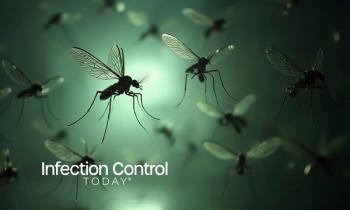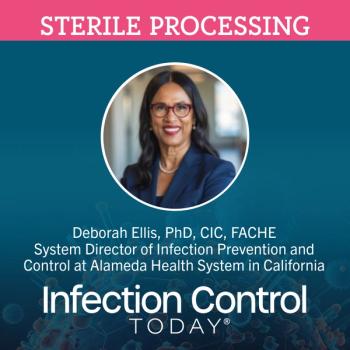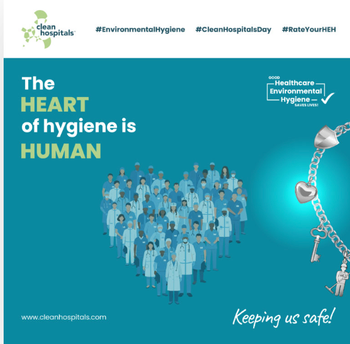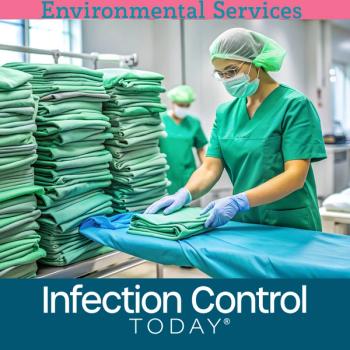
New Pediatric Infection Prevention Guidelines Issued for Residential Facilities
With the evolving changes in the delivery of healthcare to children worldwide, which frequently include long-distance travel and lodging for specialized medical treatments, the Society for Healthcare Epidemiology of America (SHEA) partnered with Ronald McDonald House Charities to release the first-ever infection prevention and control guidelines for home away from home pediatric residential facilities to help prevent the spread of infectious pathogens among vulnerable pediatric populations. The new guidelines were published in the October issue of Infection Control and Hospital Epidemiology.
Preventing transmission of infectious agents among patients, families and healthcare personnel is a challenge in all settings where care is being delivered, says Judith A. Guzman-Cottrill, DO, lead author of the guidelines. Although these settings are not healthcare facilities, there is a duty to protect patients and their families who increasingly utilize these family-centered facilities that were developed to meet growing needs and improve the quality of life of children worldwide.
Pediatric residential settings, including Ronald McDonald Houses, provide support services and lodging for injured or ill children and their families, but staff at these facilities do not provide medical services. Although the annual incidence of infections acquired in pediatric residential facilities is unknown, patients vulnerable to infection and their families are at risk of exposure to infectious pathogens in common areas, such as family lounges and community kitchens.
With existing infection control guidelines from hospital and long-term care facilities considered too stringent to apply to pediatric residential settings, the new guidelines provide standardized guidance and educate staff and volunteers on the principles of infection prevention to reduce the risk of infection for children and families.Â
Practices include standard precautions, including hand hygiene and glove use, respiratory hygiene etiquette, and safe injection practices. Additional protocols to prevent transmission of infection include health screening of house guests and visitors, management of ill staff and volunteers, and mandatory vaccination practices by staff, volunteers, and house guests.
The guidelines have been endorsed by the Pediatric Infectious Disease Society. Key points and information from the guidelines have been adapted in educational materials for patients and families planning to stay at a family-centered residential facility. These patient guides are available on the
Â
Newsletter
Stay prepared and protected with Infection Control Today's newsletter, delivering essential updates, best practices, and expert insights for infection preventionists.





